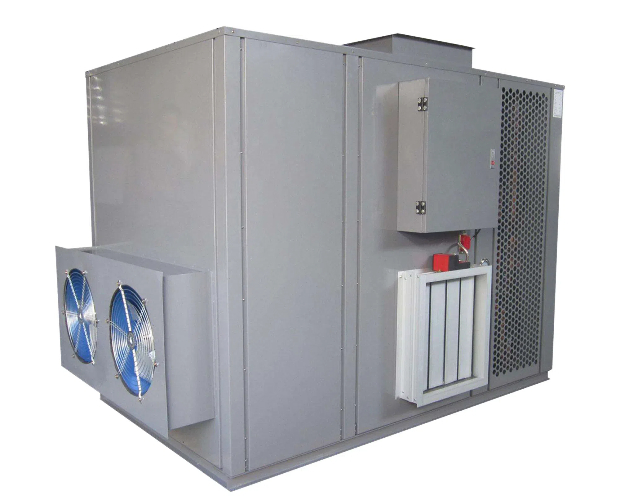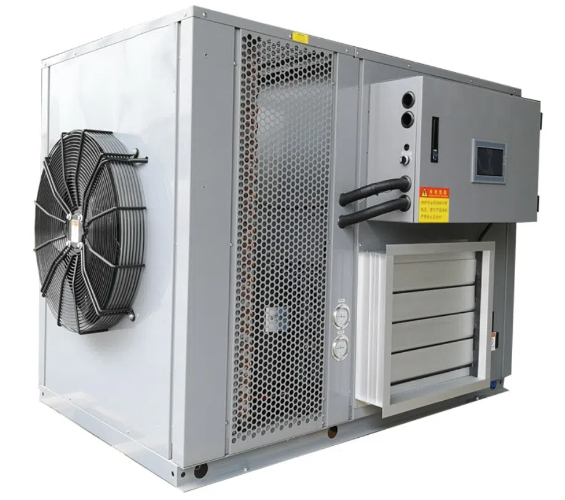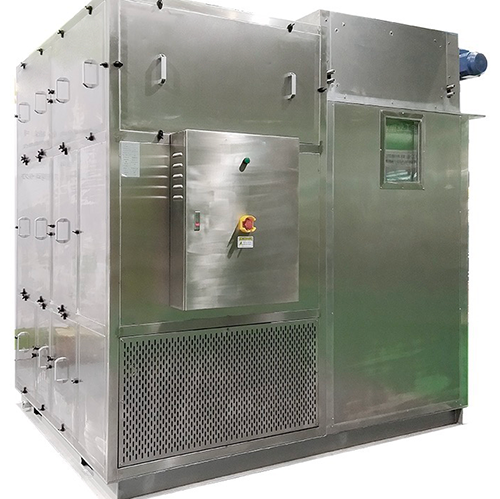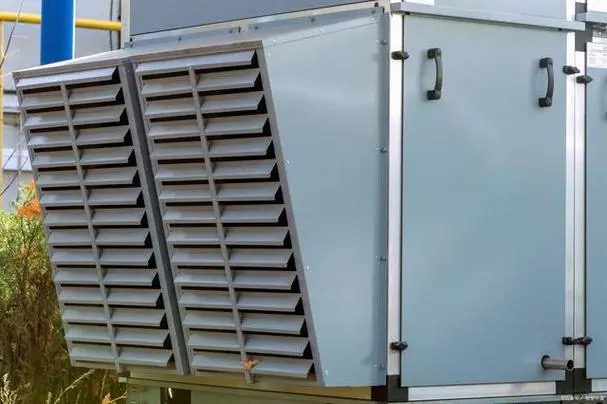
Content Menu
How to Use a Bosch Heat Pump Dryer
● Introduction
● Setting Up Your Bosch Heat Pump Dryer
● Operating Your Bosch Heat Pump Dryer
● Understanding the Features
● Maintenance Tips
● Troubleshooting Common Issues
● Conclusion
● Frequently Asked Questions
>> 1. What is a heat pump dryer?
>> 2. How do I clean the lint filter?
>> 3. Can I stack my Bosch dryer?
>> 4. What should I do if my dryer is not drying clothes properly?
>> 5. How often should I perform maintenance on my dryer?
Introduction
Bosch heat pump dryers are an innovative solution for drying clothes efficiently while being environmentally friendly. Unlike traditional dryers, they use a heat pump system that recycles hot air, making them energy-efficient and gentle on fabrics. This article will guide you through the process of using a Bosch heat pump dryer, including setup, operation, maintenance, and troubleshooting.

Setting Up Your Bosch Heat Pump Dryer
Before using your Bosch heat pump dryer, ensure it is properly installed. Here are the steps to set it up:
1. Location: Place the dryer in a well-ventilated area. Ensure there is enough space around the dryer for air circulation.
2. Leveling: Use a level to ensure the dryer is stable. Adjust the feet if necessary.
3. Power Supply: Connect the dryer to a suitable power outlet. Check the voltage requirements in the user manual.
4. Drainage: If your model has a water tank, ensure it is correctly positioned. Alternatively, you can connect a drain hose for continuous drainage.
Operating Your Bosch Heat Pump Dryer
Using your Bosch heat pump dryer is straightforward. Follow these steps:
1. Loading the Dryer: Open the door and load your laundry. Do not overload the dryer, as this can affect drying performance.
2. Selecting a Program: Use the control panel to select the desired drying program. Bosch dryers offer various programs tailored for different fabric types and drying needs.
3. Adjusting Settings: You can adjust settings such as drying time and temperature based on your preferences.
4. Starting the Dryer: Press the start button to begin the drying cycle. The dryer will automatically adjust the drying time based on the moisture level detected in the clothes.

Understanding the Features
Bosch heat pump dryers come with several features designed to enhance user experience:
1. Energy Efficiency: These dryers are designed to use less energy compared to conventional dryers, making them cost-effective in the long run.
2. Gentle Drying: The heat pump technology ensures that clothes are dried gently, reducing wear and tear on fabrics.
3. Multiple Programs: With various drying programs, you can choose the best option for your laundry, whether it's delicate fabrics or heavy towels.
Maintenance Tips
To keep your Bosch heat pump dryer in optimal condition, follow these maintenance tips:
1. Clean the Filter: After each use, clean the lint filter to ensure proper airflow and efficiency.
2. Empty the Water Tank: If your model has a water tank, empty it regularly to prevent overflow.
3. Check the Condenser: Periodically clean the condenser unit to maintain drying performance.
4. Inspect Hoses: If using a drain hose, check for clogs or kinks that could impede drainage.
Troubleshooting Common Issues
If you encounter problems with your Bosch heat pump dryer, consider the following troubleshooting tips:
1. Clothes Still Damp: If clothes are not fully dry, check if the dryer is overloaded or if the selected program is appropriate for the load.
2. Dryer Not Starting: Ensure the dryer is plugged in and the door is securely closed.
3. Unusual Noises: If you hear strange noises, check for foreign objects in the drum or ensure the dryer is level.
Conclusion
Using a Bosch heat pump dryer is an efficient and effective way to dry your laundry. By following the setup and operating instructions, you can enjoy the benefits of this advanced drying technology. Regular maintenance will ensure your dryer remains in top condition, providing you with reliable service for years to come.

Frequently Asked Questions
1. What is a heat pump dryer?
A heat pump dryer uses a heat pump system to recycle hot air, making it energy-efficient and gentle on fabrics.
2. How do I clean the lint filter?
After each use, remove the lint filter from the dryer, clean off any lint, and replace it before the next use.
3. Can I stack my Bosch dryer?
Yes, Bosch dryers can be stacked with compatible washing machines to save space.
4. What should I do if my dryer is not drying clothes properly?
Check for overloading, ensure the correct program is selected, and clean the lint filter and condenser.
5. How often should I perform maintenance on my dryer?
Regular maintenance should be performed after each use, with deeper cleaning of the condenser and inspection of hoses every few months.












